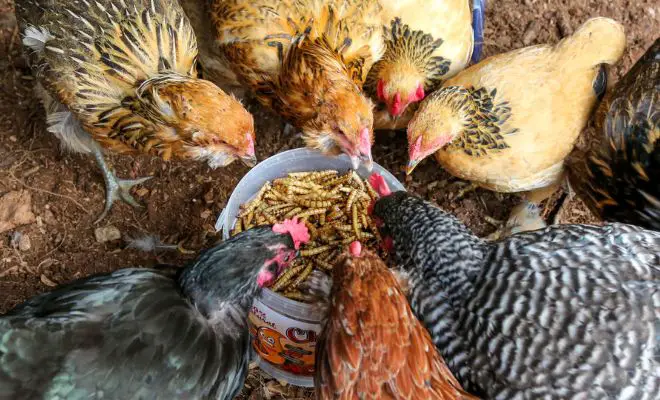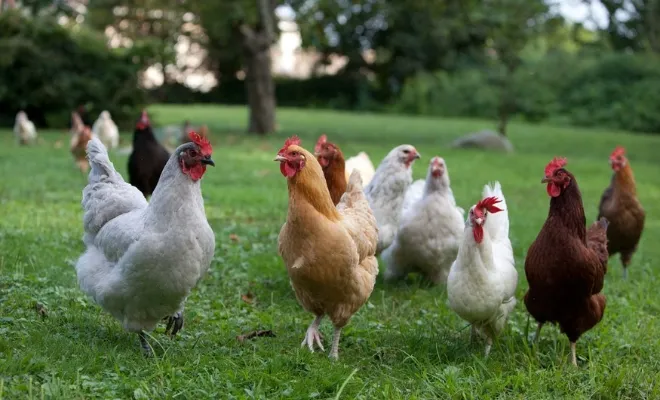19 Cold Hardy Chicken Breeds You NEVER Knew Could Handle Freezing Temps!

Winter is a great mess for some of the chicken breeds! But a lot of chickens are cold-hardy and will not stop giving you eggs.
But what are those cold hardy chicken breeds? From the majestic Brahma to the hardy Rhode Island Red, there are plenty of cold-tolerant chickens for you to choose from. These breeds have developed special adaptations that allow them to thrive in chilly conditions. Their dense feathering, small combs, and higher body weight all contribute to their impressive cold hardiness.
We’ll explore 19 amazing cold-hardy chicken breeds and the unique traits that make them winter champions. We’ll also share essential tips for raising these tough birds. So, spend two more minutes here!
Table of Contents
List of 19 Cold Hardy Chicken Breeds
Winter doesn’t have to mean a break in fresh eggs! Many chicken breeds are perfectly suited to handle the cold, keeping your coop productive even during the harshest months. Let’s explore 19 amazing cold-hardy breeds and the factors that make them winter champions:
1. Brahma Chicken
These gentle giants are known for their majestic size and luxurious plumage. But what truly sets them apart is their impressive tolerance for cold weather.

Brahma chickens boast thick downy feathers that provide excellent insulation, allowing them to withstand freezing temperatures with ease. Their large size also contributes to their winter hardiness, as it allows them to retain more body heat.
2. Rhode Island Red
This popular dual-purpose breed isn’t just known for its impressive egg production.
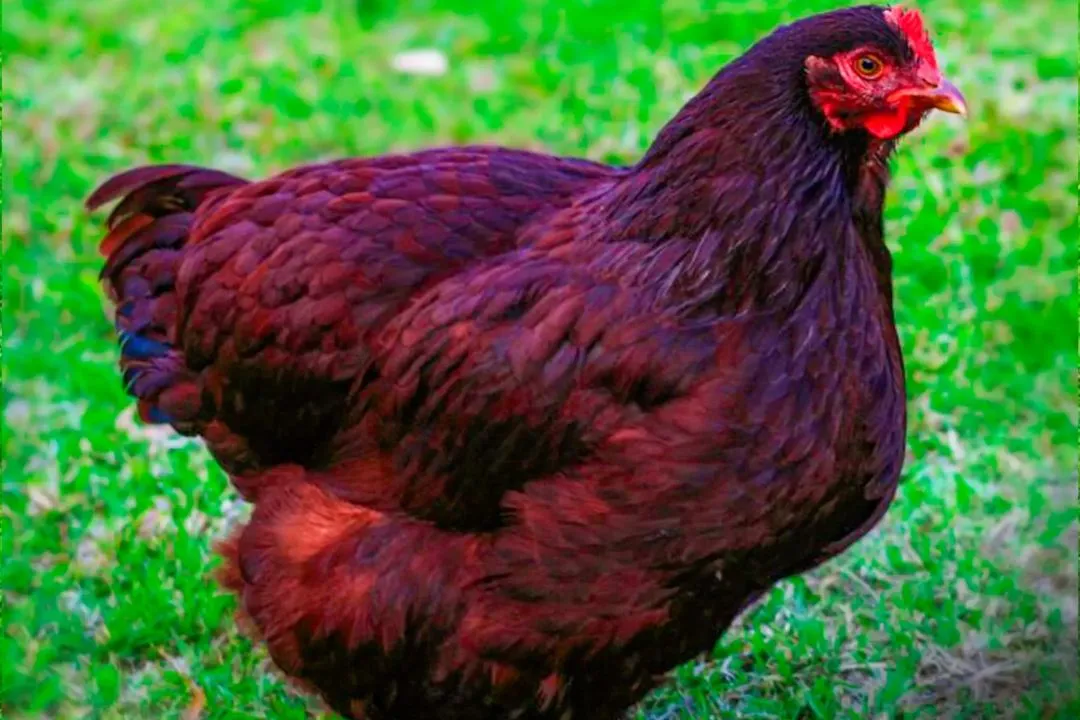
Rhode Island Reds are surprisingly cold-hardy thanks to a combination of factors. Their dense feathering provides excellent insulation, while their active foraging keeps them warm during the day.
Also, their rose comb, a smaller and less frostbite-prone option compared to single combs, helps them avoid cold-weather injuries.
3. Plymouth Rock
This American classic, recognizable by its distinctive barred pattern, is another champion of winter.

Plymouth Rocks have a thick double coat of feathers, offering exceptional insulation. Their broad chests further contribute to their cold tolerance, allowing them to retain heat efficiently. Additionally, their calm temperament helps them conserve energy during colder months.
4. Australorp Chicken
Looking for a sleek black beauty that thrives in the snow? Look no further than the Australorp!

This Australian breed boasts a dense, well-oiled coat of feathers that repels moisture and provides excellent insulation. Their single comb, while larger than a pea comb, is positioned lower on their head, making it less susceptible to frostbite.
5. Dominique Chicken
These historic birds, speckled with both beauty and resilience, are a testament to surviving harsh winters.

Dominiques have a thick double coat of feathers, offering excellent insulation. Their smaller pea combs are less prone to frostbite compared to larger single or rose combs. Additionally, their docile temperament helps them conserve energy during colder months.
6. Buckeye Chicken
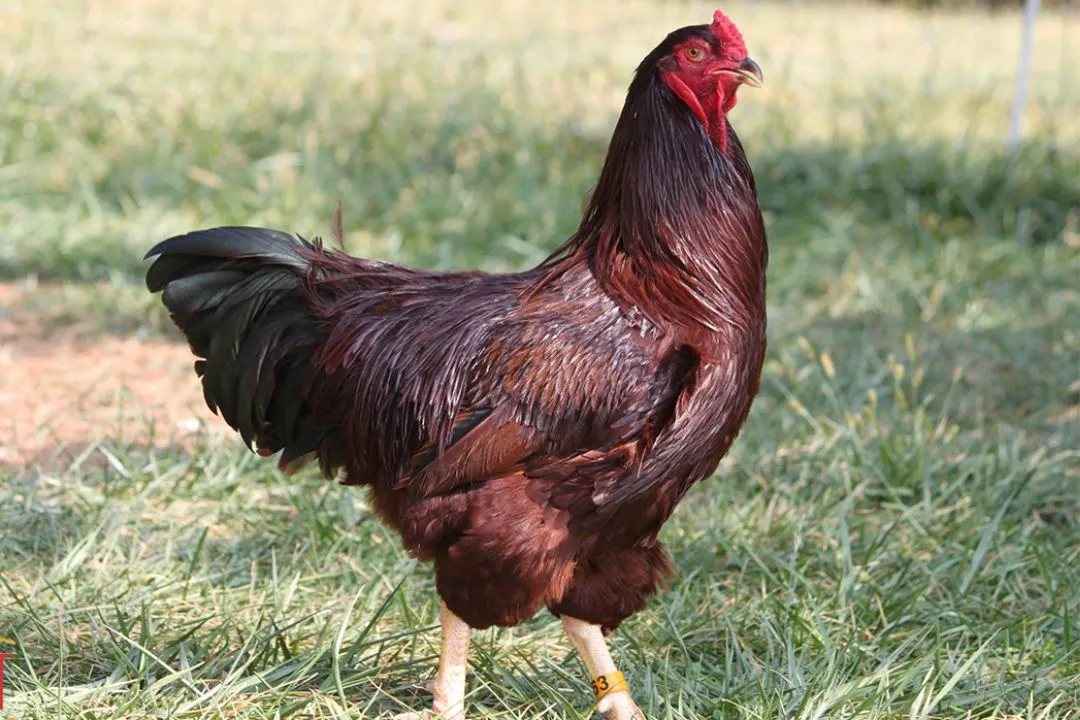
This rare breed from Ohio boasts not only beauty but also an impressive tolerance for the cold. Buckeyes possess a dense, fluffy feather coat and a pea comb, minimizing the risk of frostbite.
7. Wyandotte Chicken
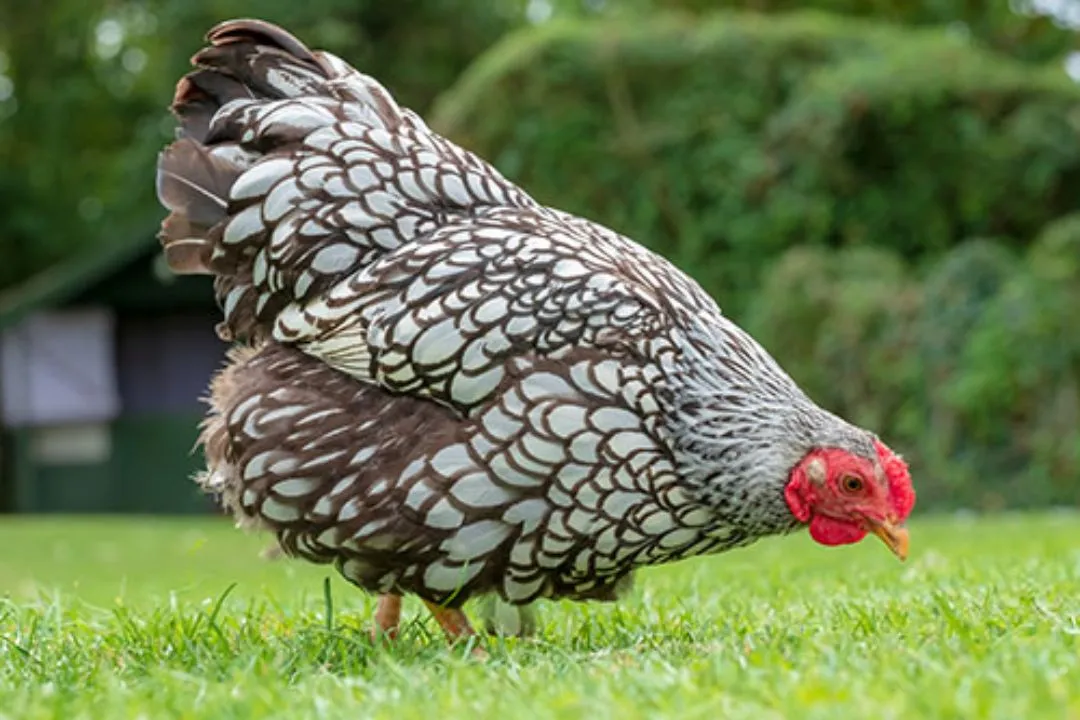
More than just a beautiful comb, Wyandotte chickens have a hidden advantage when the temperature drops. Their dense, well-fluffed feathers provide excellent insulation. Their rose comb, while larger, sits lower on their head compared to single combs, reducing frostbite risk.
Related Reads:
- Blue-Laced Golden Wyandotte Chicken
- Silver-Laced Wyandotte Chicken
- Golden-Laced Wyandotte Chicken Breed
8. Buff Orpington
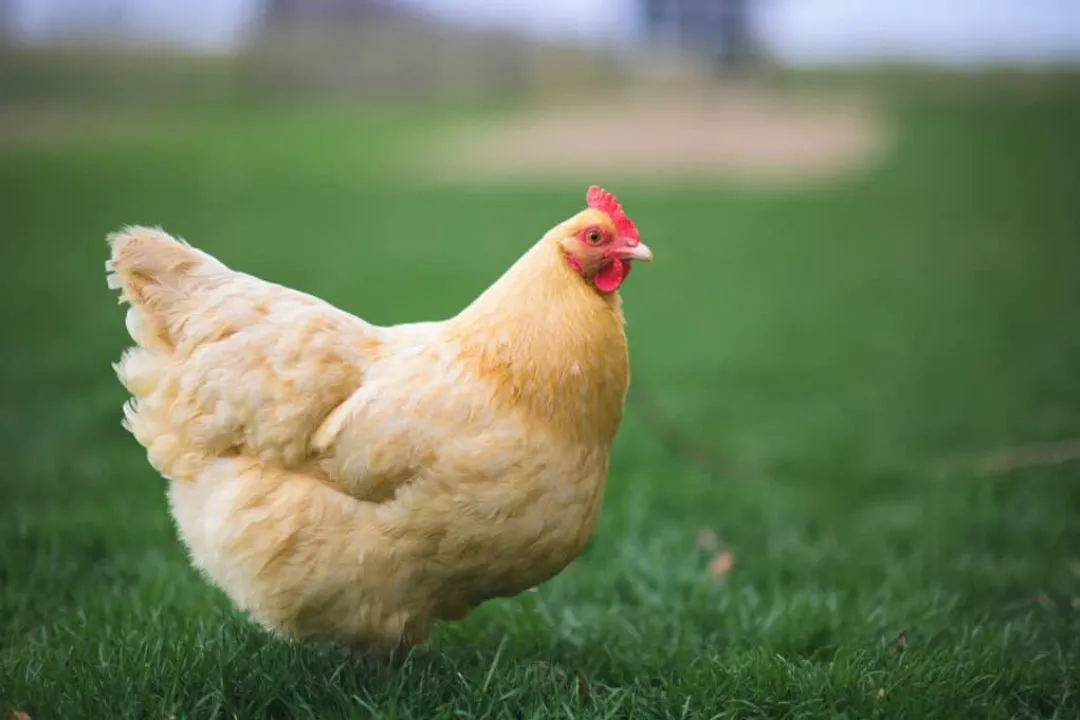
Don’t let their gentle demeanor fool you! Buff Orpingtons are surprisingly well-equipped for winter. These fluffy birds have a thick double coat of feathers, offering exceptional insulation. Their rose combs, while larger, are positioned lower on the head, making them less susceptible to frostbite.
9. Easter Egger Chicken
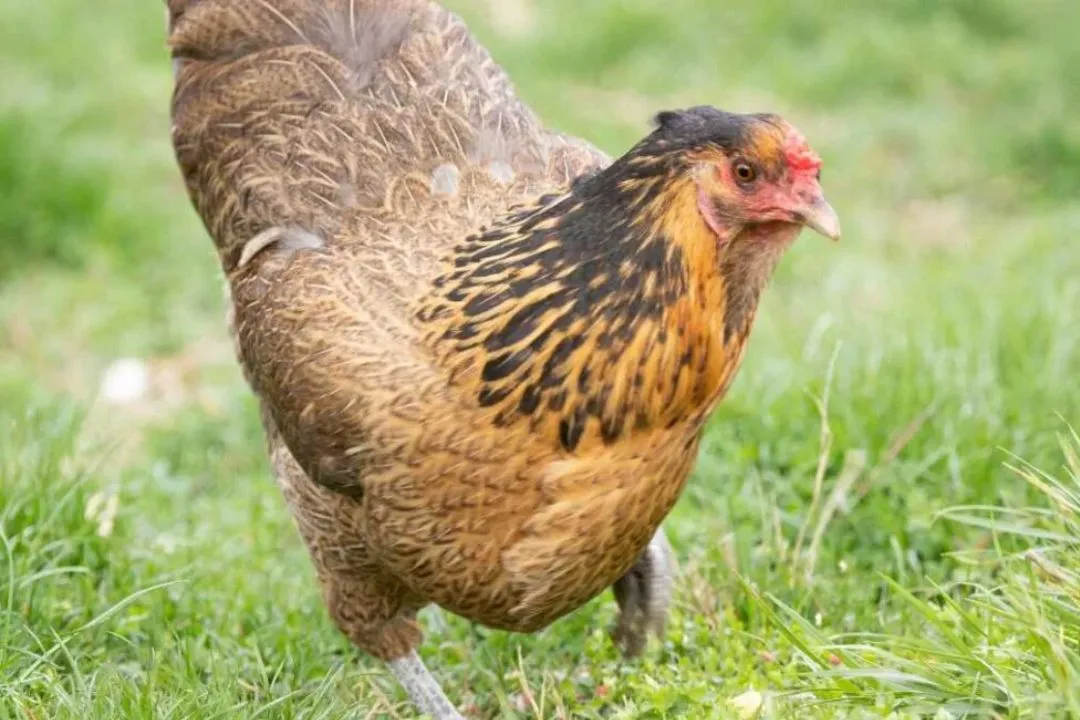
While the exact breed details vary, many Easter Eggers inherit cold-hardiness from their parent breeds, often including breeds like Rhode Island Reds or Plymouth Rocks. These factors contribute to their ability to handle colder climates.
10. Sussex Chicken

These regal birds come in a variety of colors, and all share a remarkable ability to handle the cold. Sussex chickens have a thick double coat of feathers for excellent insulation, and their pea combs are less prone to frostbite compared to larger single or rose combs.
11. Ameraucana Chicken
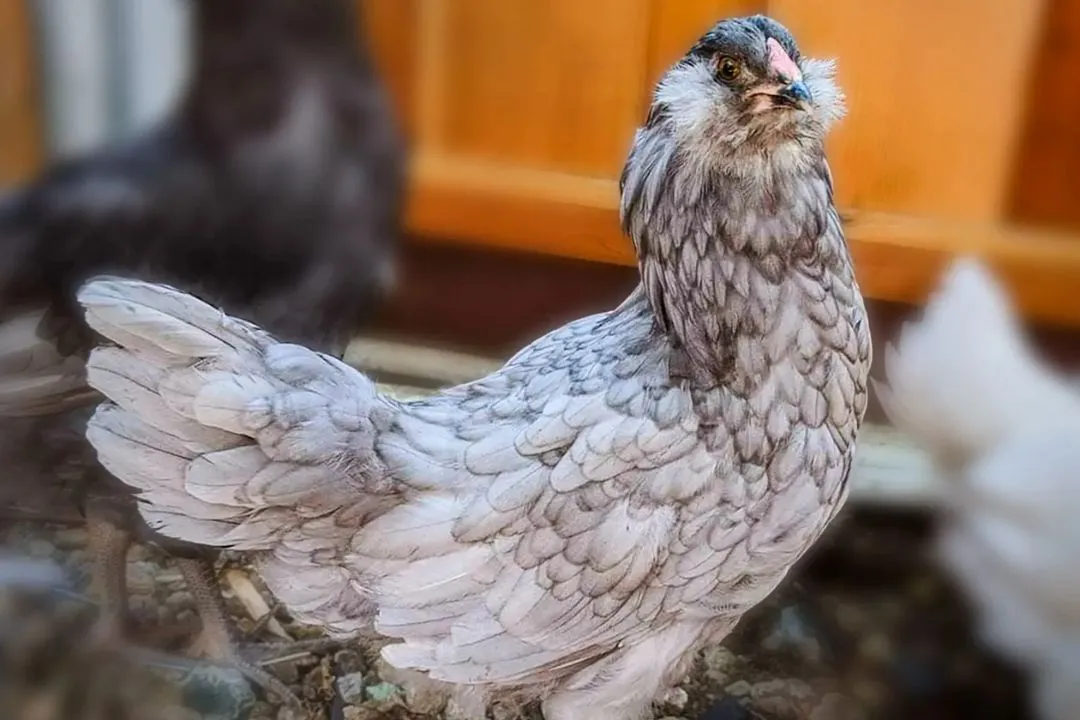
Known for their beautiful turquoise eggs, Ameraucana chickens are also surprisingly winter-hardy. They possess a dense feather coat and a pea comb, minimizing the risk of frostbite.
12. Cochin Chicken
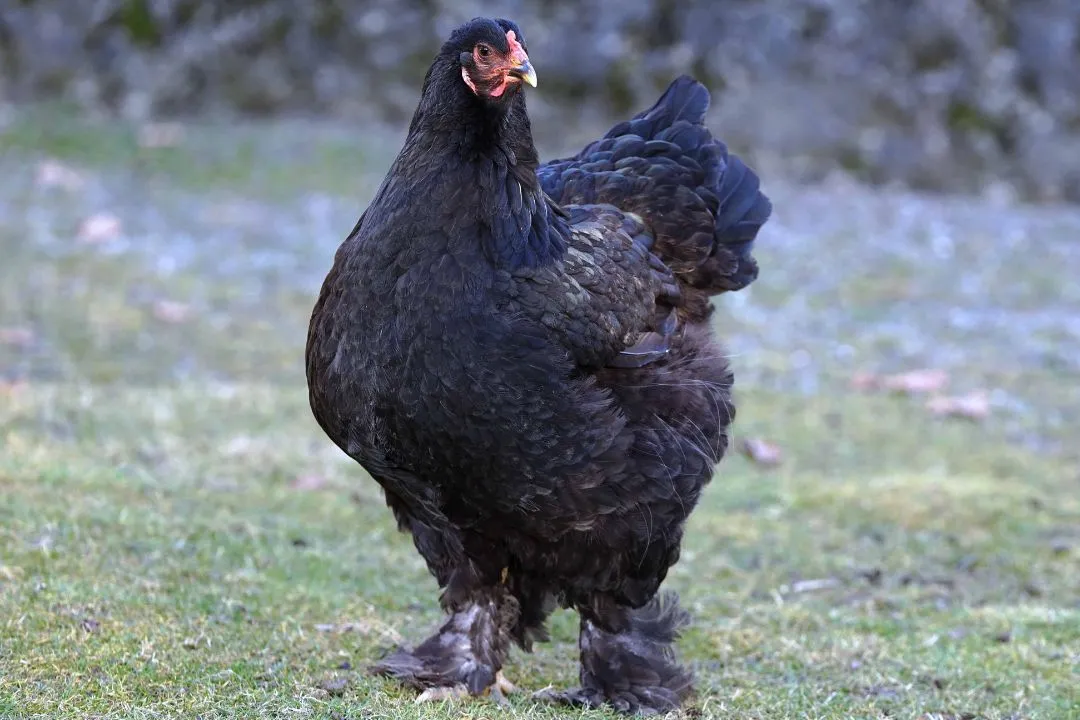
Pampered by their luxurious feathers, Cochins are surprisingly adaptable to even the coldest climates. These gentle giants boast a thick downy undercoat and long, flowing feathers, offering exceptional insulation. Their pea combs are also less prone to frostbite.
13. New Hampshire Red Chicken

Bred for both meat and eggs, New Hampshire Reds are also champions when it comes to winter survival. These active birds have a dense feather coat and a single comb positioned lower on their head, minimizing frostbite risk. Their active foraging habits also help them generate warmth.
14. Welsummer Chicken
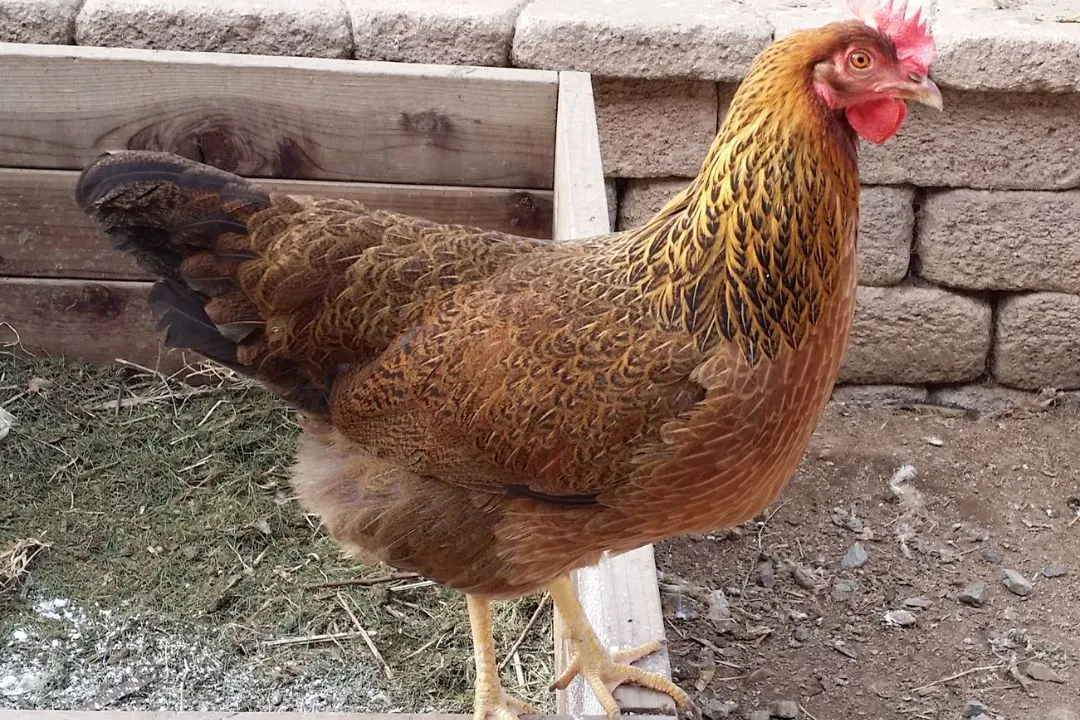
These reddish-brown beauties are not just stunning, they’re also well-suited for colder regions. Welsummers have a thick double coat of feathers, offering excellent insulation. Their single comb, while larger, sits lower on their head compared to single combs, reducing frostbite risk.
15. Delaware Chicken

A calm and docile breed, Delawares also possess a hidden toughness that allows them to thrive in winter. They boast a dense feather coat and a small pea comb, minimizing the risk of frostbite. Their calm temperament helps them conserve energy during colder months.
16. Jersey Giant Chicken

Living up to their name, Jersey Giants are impressively cold-tolerant thanks to their massive size. Their large body mass helps them retain heat efficiently. Additionally, they have a thick double coat of feathers for excellent insulation and their small pea combs minimize frostbite risk.
17. Chantecler Chicken
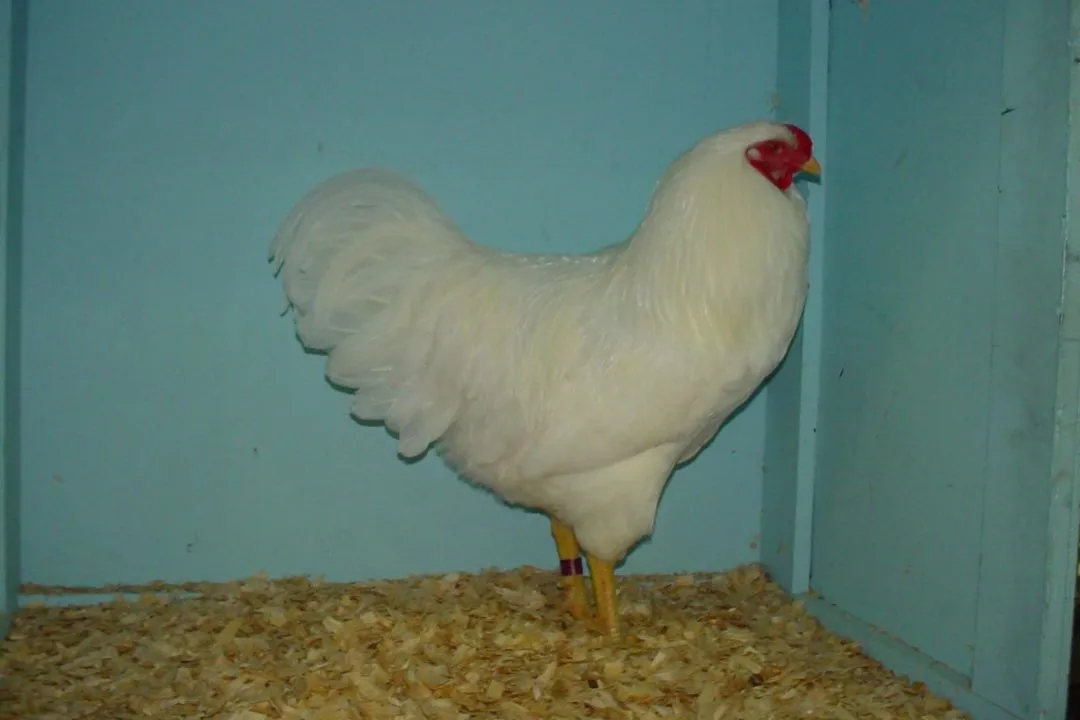
A French breed known for their distinctive crowing, Chanteclers are also known for their remarkable cold hardiness. They boast a thick double coat of feathers and a small pea comb, minimizing frostbite risk. Their active foraging habits also help them generate warmth during the day.
18. Crèvecœur Chicken
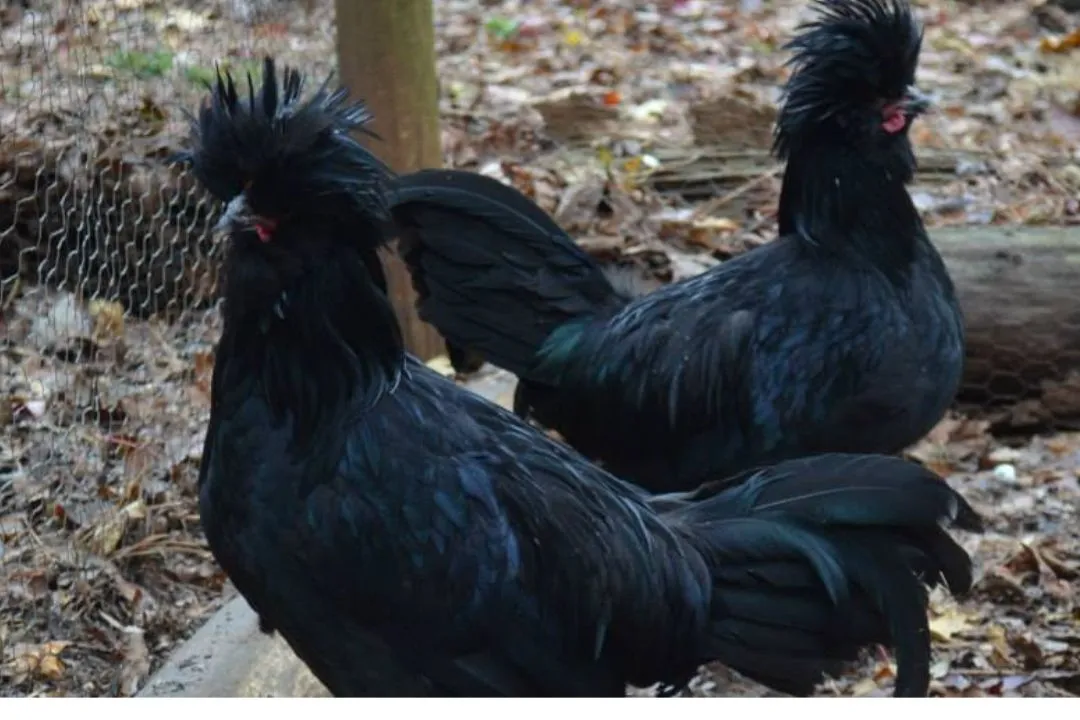
Hailing from France, Crèvecœurs are not only graceful but also surprisingly winter-hardy. These birds have a dense double coat of feathers for excellent insulation. Their single comb, while larger, sits lower on their head compared to single combs, reducing frostbite risk.
19. Faverolles Chicken

These feathered friends from France boast a unique appearance and an impressive tolerance for cold weather. Faverolles have a thick double coat of feathers and a pea comb, minimizing the risk of frostbite. Their calm temperament helps them conserve energy during colder months.
Note: Remember that chickens are all good at a temperature of around 40 to 45 degrees. But below that, they’ll face some difficulties even though they are cold-hardy.
See the video to learn more about the cold hardy chicken breed.
5 Tips for Raising Cold-Hardy Chickens
Proper care and management are crucial to ensure your feathered friends do not face difficulties during the chilly months. Here are some vital tips for raising cold-hardy chickens:
1. Coop considerations
Ensure your chicken coop is well-insulated and draft-free. Proper ventilation is key to prevent moisture buildup, which can lead to frostbite. Consider using the deep litter method for added warmth and insulation.
2. Nutritional needs
Cold weather increases chickens’ energy requirements. Offer high-quality feed mix and consider increasing their daily ration. Providing scratch grains before bedtime can help boost their metabolism throughout the night.
3. Hydration is crucial
Prevent water from freezing by using heated waterers or changing water frequently. Ensure your chickens always have access to fresh, unfrozen water.
4. Frostbite prevention
Apply a thin layer of petroleum jelly to combs and wattles to protect against frostbite. For breeds with larger combs, consider using comb protectors.
5. Encourage activity
Create protected outdoor areas where your chickens can forage and exercise, which helps them generate body heat. Hang cabbage or other vegetables for them to peck at, promoting movement.
Related Read: Boredom Busters for Chickens in Winter
FAQs
Check out these query sections to have more knowledge about cold hardy chickens!
Q. What temperature is too cold for chickens?
The exact temperature tolerance depends on breed, age, and coop setup. Generally, chickens can tolerate dips below freezing (around 20°F or -6°C) as long as they have a well-insulated coop. For prolonged cold snaps or very young chicks, consider providing supplemental heat ideally above 40°F or 4°C.
Q. Are bantams cold hardy?
It depends on the breed. Some bantams like Cochins are very cold-hardy, while others might need extra care. Research the specific breed’s tolerance.
Q. How cold can 6-week-old chicks tolerate?
Young chicks are more sensitive than adults. Ideally, keep them at 70-80°F (21-27°C) for the first few weeks. Gradually decrease the temperature as they grow feathers. Don’t let them experience freezing temperatures.
Summary
Raising cold-hardy chickens requires proper care and management. Ensure your coop is well-insulated, provide high-quality feed, and prevent water from freezing. Simple steps like applying petroleum jelly to combs can prevent frostbite. These resilient breeds can keep your coop productive all winter.
By following these tips, you can enjoy fresh eggs year-round. Keep your chickens active and healthy even in the coldest weather. Winter doesn’t have to mean a break in your egg supply.

